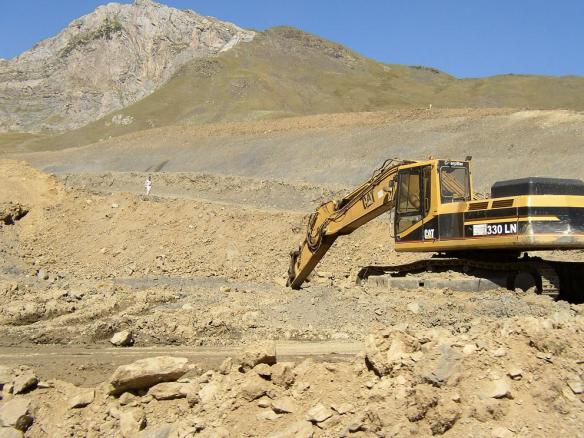In 2011 the ski resort Sonnenplateau Mieming in Tyrol had the courage of going for a more sustainable winter tourism and dismantled their ski-lifts. After much discussion, the idea of positioning as a tranquility place finally prevailed, away from the circus of traditional ski resorts, and oriented primarily towards families and nature lovers.
We must also say that the maintenance of lifts involved an annual cost of 200,000 euros for the municipality and the tourist association, and they were so out-dated that an investment of 5 million* euros for renewal were required. Furthermore, the global warming is knocking on the door, the overall number of skiers stagnates for years and a there is a very tough competition with other bigger ski resorts. It was the time to find a new tourism strategy. While this does not detract the courage to shift from the traditional established paradigm.
A ski resort in Tyrol within 60 km from Innsbruck without ski-lifts? A winter tourism without alpine skiing? Will they tourists keep coming?

Photo: Formigal ski resort enlargement project 2004. The traditional strategy of the ski resorts: more and more ski domain … And what about the environmental cost?
Once disassembled the ski lifts, the municipality began to promote itself as a different place without mountains sewn with cables and away from the bustle of downhill skiing. The activities on offer are: cross-country skiing and ski touring, snowshoeing, winter hiking, sledging and one “Kinderland”. This Kinderland, which reinforces the offer for families, is a place where children can play in the snow and learning to ski using a ski lift conveyor.

Photo: Plains Hospital, Benasque. The cross-country skiing and ski touring are much more sustainable sports than alpine skiing.
The first winter season without lifts was poor, some hoteliers say they were 20% less occupation. The second season 2012/2013 was much better and the 2014/2015 season have already been achieved occupancy levels they had before removing the lifts*. It has also changed the type of customers, tourists who prefer to meet a deer in the woods while walking with snowshoes, to an endless line of skiers waiting to take the chairlift. Families with children and older people are the visitors that have increased. In addition, the municipality no longer has the economic burden which meant the maintenance of the old facilities and the beautiful surroundings has greatly improved without the lifts towers and cables. This improvement is especially noticeable in the summer months, attracting more tourists.
Final consideration
Fortunately there is a ski resort that focuses on a different marketing and breaks with the traditional model of offering more and more ski domain, regardless of the environmental cost. Fortunately someone dares to show that you can offer a much more sustainable snow tourism, and the tourists keep coming. Fortunately someone dares to have new ideas and rejects very expensive investments in ski-lifts that, in the end, they become “white elephants”. But perhaps the greatest difficulty is to have new ideas, to break old paradigms and to try it out.
* Sources:
X:enius/ARTE: Hat Skifahren eine Zukunft? 30.3.2015

